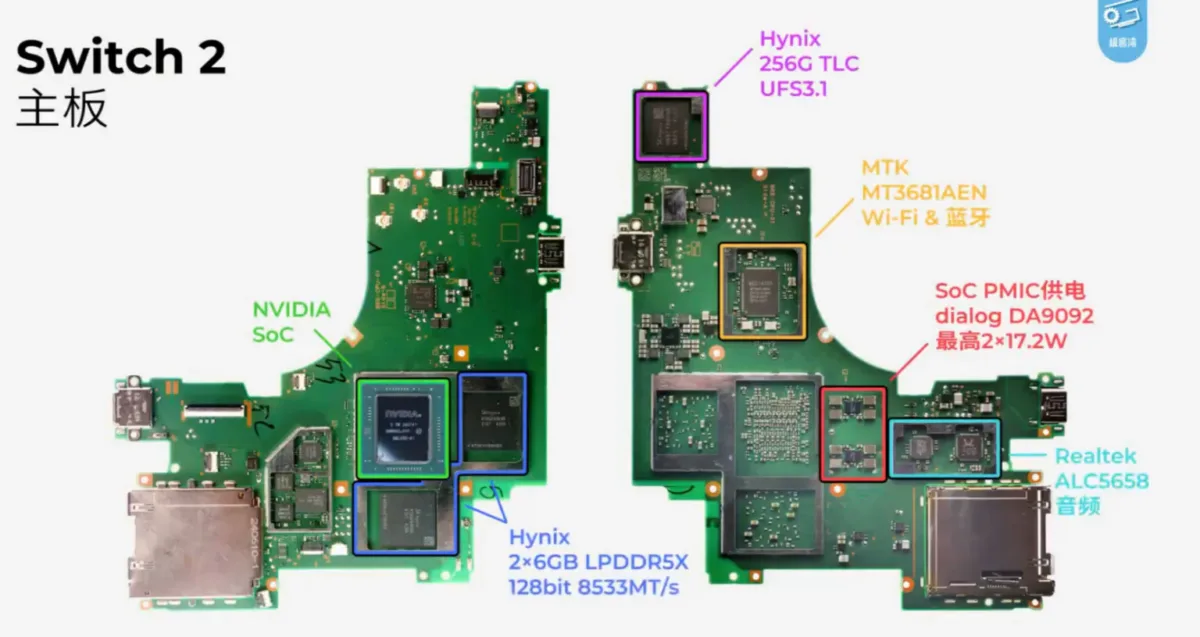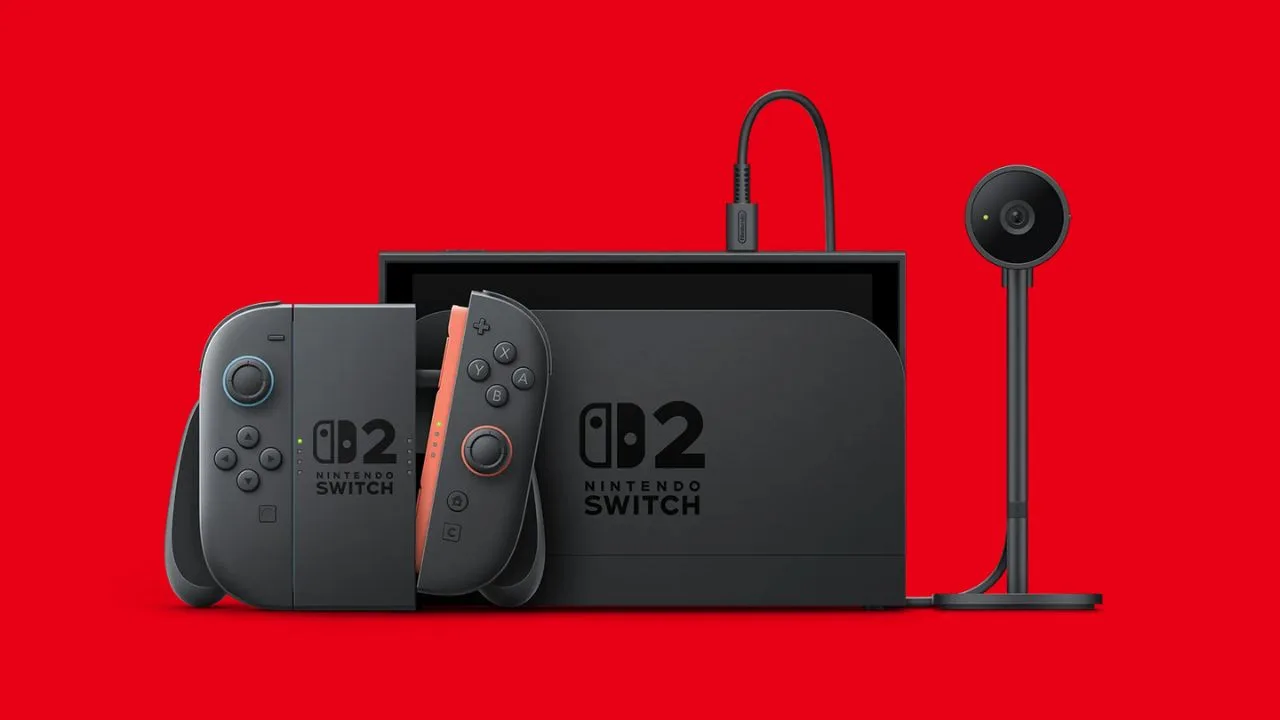Nintendo confirmed the technical details of Switch 2, with launch scheduled for June 5, 2025. The new console debuts with a custom processor developed in partnership with Nvidia, the T239, as well as advances in memory, storage and graphic processing.
- Procon-SP notifies Nintendo for abusive clauses in contract
- Genshin Impact presents Skirk and Dahlia for version 5.7
The chip architecture includes eight ARM Cortex-A78C centers with a support exclusively to 64-bit instructions. Two nuclei are dedicated to the operating system, while the other six are available for games. The operating frequency varies according to use, reaching up to 1,700 MHz in specific situations.

GPU AMPERE guarantees graphic heel
The Nintendo Switch 2 graphic unit uses the AMPERE architecture, with 1,536 CUDA nuclei. This change represents an expressive evolution in relation to the previous generation, which had only 256 nuclei. The new GPU operates at 561 MHz in portable mode and 1.007 MHz in Docked mode.
With this configuration, graphic performance reaches 3.07 teraflops in the dock, against the original Switch's 0.39 teraflops. The console is also compatible with technologies such as DLSS and Ray Tracing, although there are no announced games that explore these resources yet. It is expected that future releases, such as Star Wars Outlaws, can use them.
In addition, Ray Tracing offers capacity of up to 10 gigarays per second in portable mode and 20 in the dock. Even with part of the GPU reserved for system tasks, power gain available for games is significant.

LPDDR5X memory increases performance
Nintendo Switch 2 arrives with 12 GB of LPDDR5X memory, divided into two 6 GB modules. The bandwidth reaches 102 GB/s when connected to the dock and 68 GB/s in portable mode. This new configuration represents almost triple the previous capacity.
Of these 12 GB, 9 are free for games and applications, while the other 3 are reserved for the system. In the first model, only 3.2 GB were available for games, which limited the execution of more demanding titles.
The new memory contributes directly to the loading speed and the stability of the games, especially those with open worlds and high resolution textures.
Storage triple and gains decompression engine
The new console features 256 GB of UFS type internal storage against the 32 GB EMMC of the previous version. The expansion remains possible via microSD card, now with Express standard support, which allows up to 2 additional TB.
Switch 2 also debuts an unprecedented feature on the line: an engine dedicated to file decompression. Called File Decompression Engine (FDE), the system works with the LZ4 format, releasing the main processor to other tasks.
This mechanism helps reduce loading time without overloading the main chip, which also contributes to the thermal control of the device.

Screen grows and gets HDR and variable rate
The Switch 2 screen has 7.9 inch, 1080p resolution, HDR10 support and variable update rate (VRR) of up to 120 Hz. The ten -point multitude panel maintains the interactivity of previous models, but more image quality.
The VRR feature works only on the integrated screen and is not available via HDMI. This occurs due to limitations of the Displayport converter to HDMI used in the dock, which had already been suggested in previous analyzes.
Despite this restriction, the new screen represents a relevant advance, especially for those who play in portable mode, with softer and detailed images.
What the specifications reveal about the new phase of the switch
Nintendo Switch 2 represents a relevant technical advance, focusing on balanced performance and intelligent optimization. The adoption of GPU ampere, DLSS and more RAM shows that Nintendo wants to keep its proposal portable, but without limiting developers as before. The console now has breath to run modern titles with more fluidity and less graphic loss, especially with the support of DLSS.
In addition, the decompression engine and the fastest RAM indicate care with energy efficiency and use experience, prioritizing rapid loads and less heating. The absence of VRR via HDMI stresses that the priority is still the portable mode, and not to compete directly with PS5 or Xbox.
In short, Switch 2 is a more mature console prepared for the new generation of games, balancing well power, portability and technical intelligence, without losing the essence of the hybrid proposal that made it a global phenomenon.
